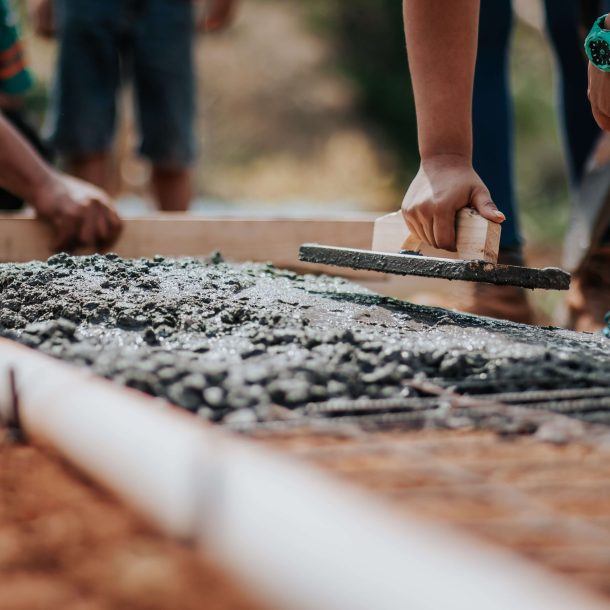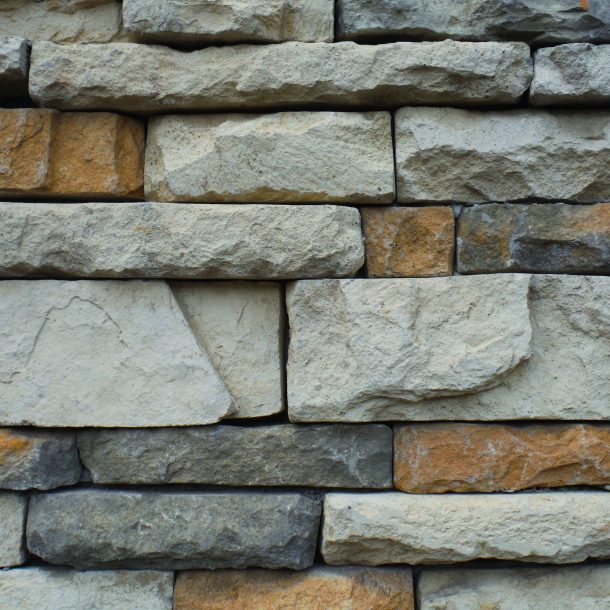
Although natural stone is not usually discardable by the end of its lifetime (due to its extended durability), our main goal as a natural stone manufacturer is to give back what nature gives us. We think in a Su(stone)ble way and recycle all our waste and re-use our resources the best we can.
Our recycling system is organized to allow the complete reuse of stone, letting what once was considered waste for our company to be reborn as a raw material to other industries.



Assuring Sustainability
Today more than yesterday! At a time when the world has increasingly limited natural resources, it is important to review our habits and search for more ecological and sustainable solutions.
Our circular economy (CE) proposes resource-efficient management of resources throughout “an industrial system that is restorative by intention and design”.
At LSI Stone we think positive, we think GREEN.

At LSI Stone we think green. Our circular economy (CE) proposes resource-efficient management of resources throughout “an industrial system that is restorative bye intention and design”.
The natural stone industry generates a large volume of stone waste. It is classified in various forms such as powder or fines, aggregates, larger stone pieces and cobbles, damaged blocks or slabs.
Due to the huge amounts of stone waste generated in generation sources and plants, vast sums of money spent on its transportation to landfills. Besides the accumulation of waste in landfills is also a pressing problem for many businesses, from an economic perspective. Further, if waste must be disposed of off-site, landfill fees can create additional cost.
Here are 10 best practices and sustainable ideas for the use of limestone waste generated by the processing operations:
Cement Production

The production of cement, usually white, is another alternative for the route of our waste. It is usually more associated with the “paste” resulting from the stone process, than the stone itself.
Massive Bricks

A simple and smart way to reuse stone waste is to create massive bricks with a rustic finish. Aesthetically it can give a wonderful look to a wall, very different from the traditional wall. It has numerous advantages; requires less maintenance, have greater durability, and it is easier to apply and build. It is a more resistant product than the traditional brick, and we can reuse a natural product with no transformation. The image below shows a wall in our company, built by us.
Roads

Depending on the method of production and application of tar, used by road builders, limestone can be used in the construction of it. Thus avoiding further excavations to obtain a raw material that is already available in a large majority of stone companies. With this, companies can reduce costs, avoiding the landscape destruction of a new location and, consequently, a reduction of the CO2 emission that all this process of extraction and transport would imply.
Glass Production

Another smart way to give a new life to waste is through the production of glass, which in some circumstances can use limestone.
Products Pigmentation

Incredible as it may seem, limestone can be used to give pigmentation to the most diverse products that we all have in our homes. Products like paper, plastic, toothpaste, paints, tiles, often use limestone to give a lighter colour to the final product.
Building Construction

In the construction area, it is often necessary to use other materials to flatten the surface of the place where the construction will be carried out. It is usual to add different layers to the ground, being limestone waste one of them. This option is cheaper and equally effective as any other, and certainly the most sustainable one.
Soil Acidity Conditioner

The huge amounts of CO2 emitted into the atmosphere generate serious consequences on the environment, being acid rain one of them. When these rains fall on the soil, it makes them unsuitable for cultivation due to their high acid Ph.
Using pulverized limestone as a soil acidity conditioner restore the Ph balance and reactivates the soil to be proper for cultivation.
Animal Breeding

Limestone has a very important role in animal breeding, more particularly in granivorous birds, such as chickens. These animals usually ingest small stones to help crush the food during the digestion process, which helps avoids certain animal health problems, which will consequently decrease the occurrence of deaths.
Source of Calcium

The rate of purification present on limestone allows it to be added to consumable goods. For example, it can be added to bread or cereals as an important source of calcium. It contributes to our health by helping control blood acidity, hormone level or blood clotting, and also to strengthen our bones.
Water Additive

Finally, when it comer to water purity, limestone can be used for remineralizing and increasing the alkalinity of purified water.
In order to prevent pipe corrosion and restore essential nutrient levels, limestone is one of the very important natural stones that create that effect.
Benefits of Waste Management
1.
Improved health and safety: decreasing the number of scrap piles, airborne particulates, and general trash creates a healthier and safer environment for employees.
2.
Reduces storage, transport and disposal costs: with less waste to store and transport, the costs of handling waste are diminished. Landfill fees are avoided and combustible expenses are reduced.
3.
Potential generation of revenue: scrap stone and other waste products and waste by products can be sold on an array of markets, from agriculture to construction, creating a secondary company revenue stream.
4.
Increased efficiency: Decreasing the amount of material lost during the quarrying, crushing and cutting processes increases company efficiency and the quantity of profitable product. In effect, the company sees a heftier return for every ton of product sold.
5.
Enhancement of company reputation: comprehensive, proactive waste management practices can result in not only a socially responsible reputation but in greater community acceptance of the quarrying operation.

